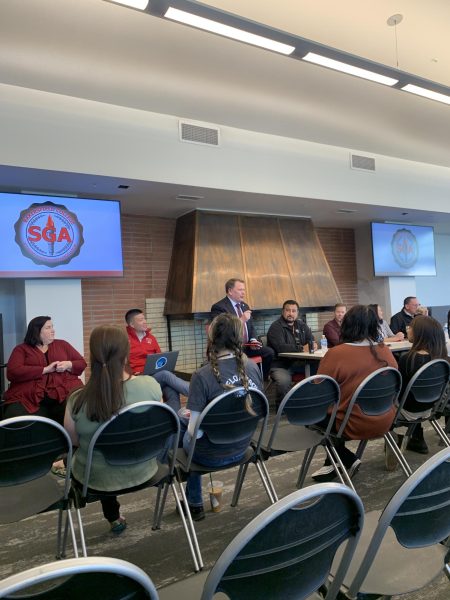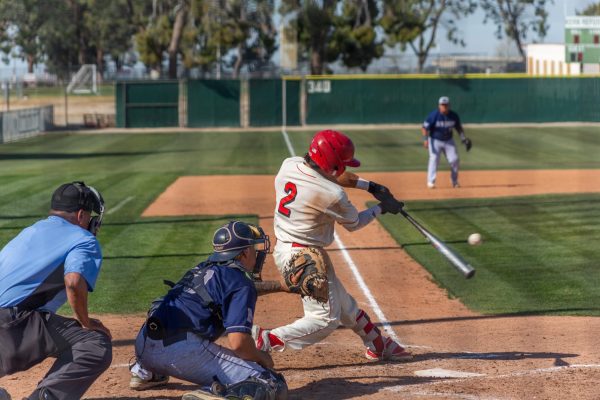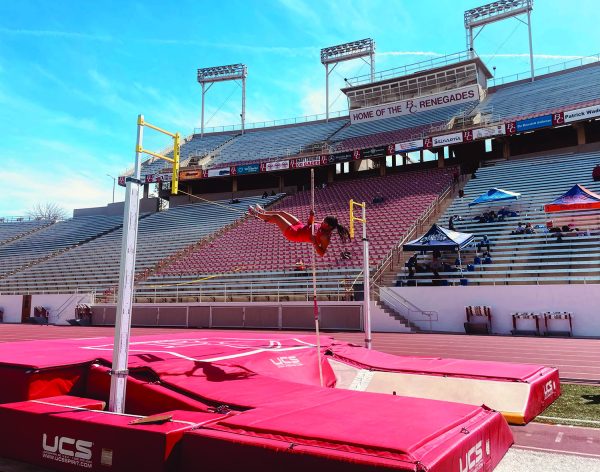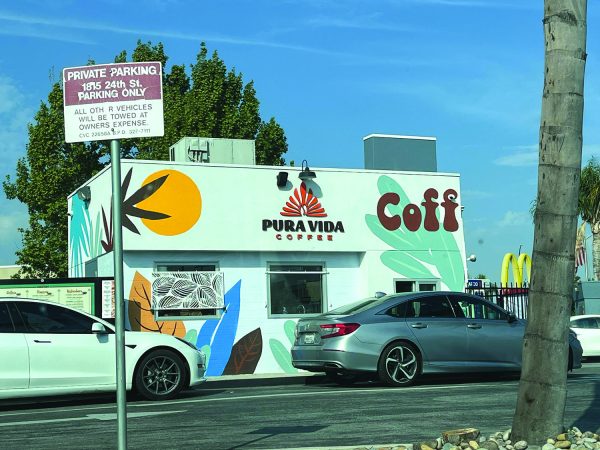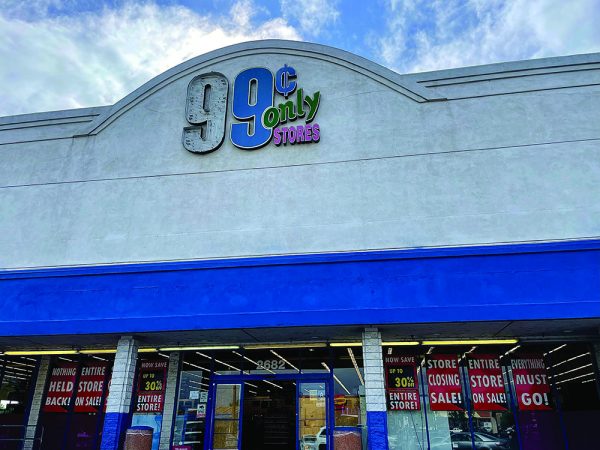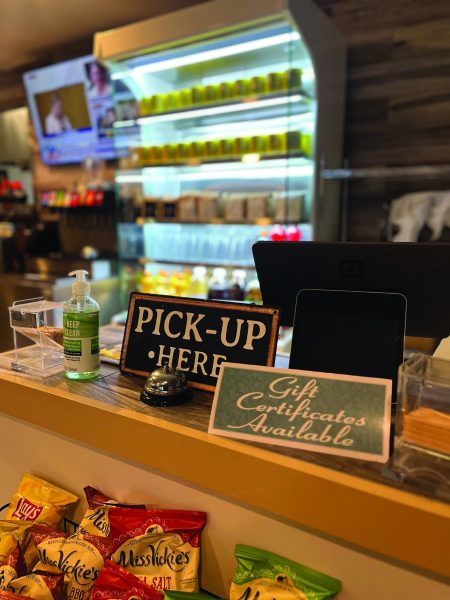Is desert the new normal in a drought- stricken region?
September 10, 2015
On days when the temperature is in the hundreds, one thing I hear people ruefully reminding themselves is “at least it’s a dry heat.”
Having lived in both Bakersfield and Michigan, I know it’s true that there’s something to be said for low humidity in general.
Once the air gets warm enough, it’s the difference between opening your front door into a dry sauna and opening it into a steam room. You’ll still be checking your face for blisters.
But the thought of dry heat is losing charm after four years of drought. Rainfall in the Bakersfield area has been coming at less-than average for quite some time. The snowpack gets lighter each year, and some of our reservoirs have evaporated right off the map.
We’re looking forward to what climate scientists are predicting will be an unusually wet El Niño this winter, but it will take more than one wet winter to smooth the ecological shock. Not to mention that sudden, heavy rains come with their own set of issues, such as flooding and mudslides.
By far, the most concerning question on everyone’s minds right now is, “Could this be permanent? Is ‘desert’ the new normal?”. It may very well be.
The impact of human activity on the planet may be something we simply can’t take back, and we may have to learn to live with the consequences of our own productivity. If we have jumped the shark on climate control, we may have no option other than to adapt.
Adapting to changes in the environment isn’t anything new, and it’s not even peculiarly human.
Everything that lives must adapt to the conditions it encounters if it expects to survive, and it is this adaptive process that serves as the engine of evolution.
Humans have already evolved to fit natural conditions, but we also do something unique. We alter our evolution in order to fit conditions we create.
We can generate the pressure that can change us from the inside out as a species.
In terms of the drought, we can see this social pressure in the phenomenon of “drought shaming.”
People all over Bakersfield are shaking their heads at the verdant patches ringing the municipal buildings and telling stories out of school about neighbors who water lawns or wash cars on days when they’re not supposed to.
On the other side of the coin, homeowners who find alternative ways to landscape, use plants that need less water, or just allow their lawns to go brown are held up in the media as examples of good neighbors and conservationists.
Over time, one can easily see this evolving into the kinds of social and cultural changes that make “the new normal” into just normal. People will eat more of what can be grown more effectively in dry conditions. The tools and techniques people use to accomplish the tasks of everyday life will be reengineered for water efficiency. Perhaps even our bathing habits will change so that it’s seen as “lavish” to bathe every day instead of every other.
We can change the things about our lives that will change the things about ourselves that will make a “new normal” with less water not such a big problem after all… until it starts raining again and we have to start changing all over.
It’s not a perfect solution, but that’s evolution, baby.


